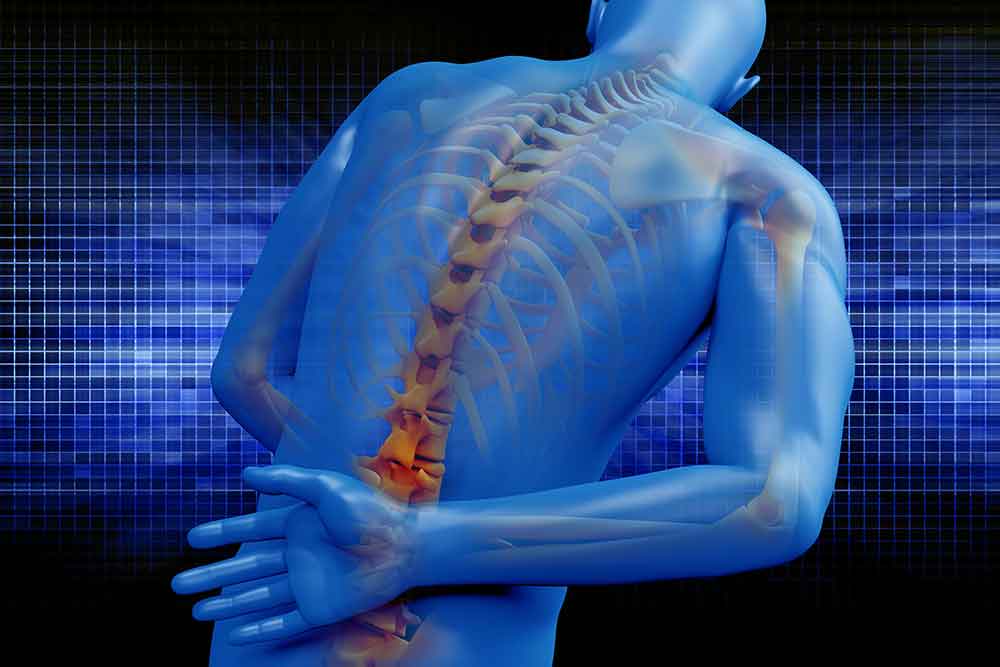 Car Accidents
Car Accidents
How to Determine Pain and Suffering in a Car Accident Case
Sep 1, 2018 | Read Time: 3 minutesCar accidents can leave victims with mounting medical bills and other financial losses, like lost wages. But not all injuries are easy to value in monetary terms. For example, if a car accident leaves you paralyzed in your legs, you might still be able to work. Nevertheless, you have suffered a terrible loss to your ordinary way of life. In California, “pain and suffering” is the catchall term to describe certain non-economic losses you can be compensated for. However, it is not always easy to calculate how much these losses are worth. If you have been in an auto accident, pain and suffering damages might be substantial. What Does Pain and Suffering Cover in California? Each state defines pain and suffering differently. According to California Civil Jury Instruction 3905A, pain and suffering includes: Physical pain; Mental suffering; Physical impairment; Disfigurement; Loss of enjoyment of life; Inconvenience; and Emotional distress, including embarrassment or anxiety. After a minor accident, this pain and suffering might be temporary, clearing up after a couple of months. With particularly serious accidents, however, our clients can be permanently disfigured or disabled. How Do We Calculate Pain and Suffering? In one sense, no amount of money can ever make up for certain injuries. For example, if your brain injury permanently impairs your memory and ability to speak, then no money can ever make you whole. Nevertheless, you can’t get your old body back in a car accident settlement, so money is the best substitute. At the Beliz Law Firm, we use two different methods to estimate pain and suffering: the multiplier method and the per diem method. Multiplier Method This method is easy to understand. You take your actual economic losses—the cost of medical care, lost wages, and property damage. Then you multiply these amounts by a number usually between 1 and 5, with 1 being used for less serious injuries and 5 used for the most serious, like paralysis. To take an example, Karen might have suffered the following economic losses when she suffered an arm fracture in a T-bone collision: Medical care: $5,000 Lost wages: $3,000 Car damage: $2,000 Total economic losses: $10,000 Since her injury is moderate, you would probably multiply this amount by 2 and arrive at $20,000, which is a rough estimate of her pain and suffering damages. Add the $20,000 to her $10,000 in economic losses, and Karen could get around $30,000 in her settlement. Per Diem Method Per diem means “by the day.” This method assigns a daily value for pain and suffering, such as $200. If Karen’s broken arm caused her pain for three months, during which she was regularly seeing the doctor, then you might multiply $200 by 90 days to reach $18,000 for total pain and suffering. How do you arrive at the per diem amount? Actually, it might seem rather arbitrary. An insurance company might look at how much you earn a day and use that as the number. Your attorney could use some other number so long as there is a legitimate reason for doing so. Speak with Us Now After an auto accident, you need steady legal guidance to help you get the money you deserve. At the Beliz Law Firm, we have extensive experience with car accident settlement pain and suffering claims, and we want to use our knowledge for you. To schedule your free consultation, please reach out to us today.
Continue Reading






